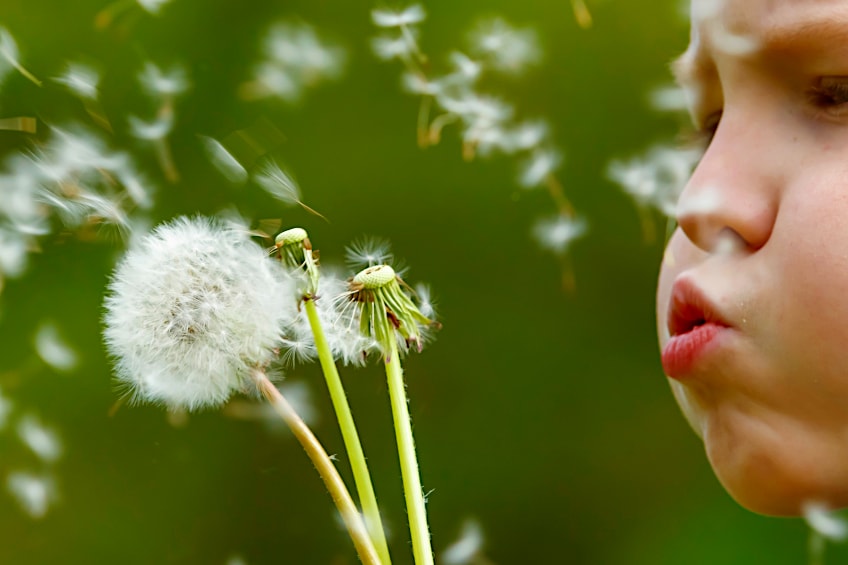Legend has it that if you pick a dandelion from a field and blow the seeds off in one single breath, the person that you are thinking about will fall in love with you. If the seeds remain on the stem, then the opposite is true and this is probably the single memory that most of us have of the little dandelion whilst growing up. Not only is the dandelion a carrier of good luck in our love lives, but is rather a powerful little plant that carries a mighty punch when ingested in the form of dandelion flower tea. From the root to the flower, the dandelion is loaded with vitamins and minerals and is highly nutritious and dandelion leaf tea benefits are enormous. Dandelions are easily identifiable by the yellow flower and green leaves that grow from the bottom of the stem.
Everything You Need to Know About the Dandelion
Most of us have memories of blowing the tufts of dandelion seed-heads to make wishes and at the same time trying to clear the little seeds from the stem in one strong breath. This plant certainly makes for strong childhood memories although they were often seen as an annoyance in the garden. It actually turns out that they are something different for each person.
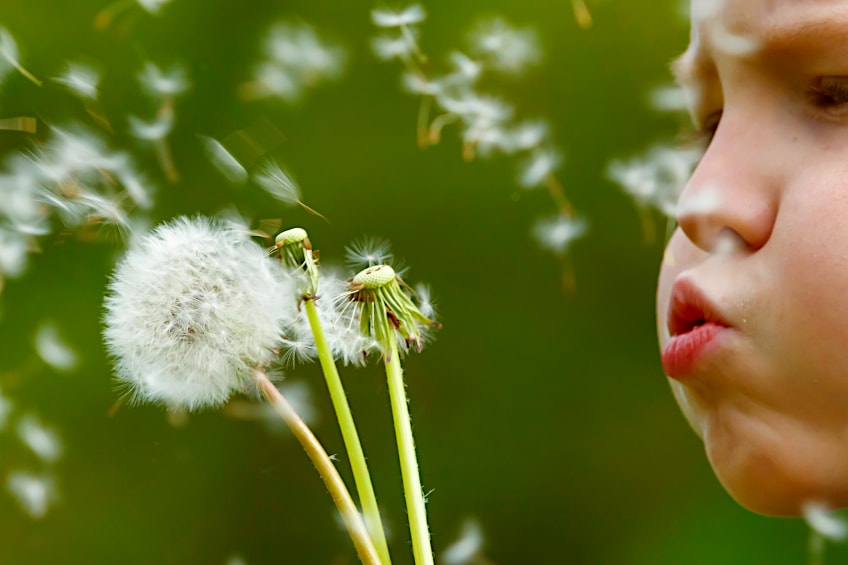
We can fondly remember the times when we picked up a dandelion in the fields and were warned by our parents to close our eyes when blowing the tufts off the stem as it could cause blindness. The small white tufts that appear on the dandelion during growth, soon change to small yellow flowers and that is the ideal time when the harvesting of the flowers should take place. Who would have thought dandelion flower tea would be a use for these seemingly useless plants?

There are many varieties of the dandelion but the most common variety is yellow in color and can be found in pastures, lawns, fields, and even on the roadside. Many people in fact still think of the humble dandelion as a weed rather than a flower. But when we learn about the nutrients that this little flower carries, we are certain that this viewpoint will quickly change. Wouldn’t it be wonderful to have a continuous supply of dandelion around you during the summer months? Making dandelion tea with ease!
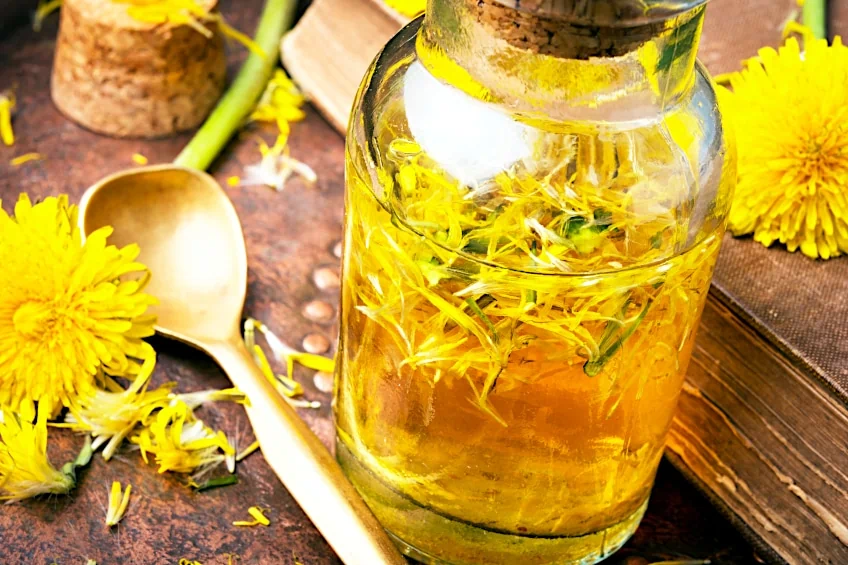
In this article, we will discover how to make dandelion tea using the entire plant or perhaps different components of the plant. We will also discuss how to prepare dandelion root tea, how easy it is to start a little dandelion garden, how to harvest dandelions for tea, and some dandelion tea recipes for you to try. We will also answer all the frequently asked questions that might be relevant to you.
Let’s explore how to make dandelion tea followed by some dandelion tea recipes. Let’s get started!
The Benefits of Homemade Dandelion Tea
The dandelion plant is actually a member of the daisy family and botanists consider the dandelion to be an herb – no wonder there are so many dandelion leaf tea benefits! A cup of homemade dandelion tea has more nutrients and is better for you than many of the vegetables that you may have in your garden.
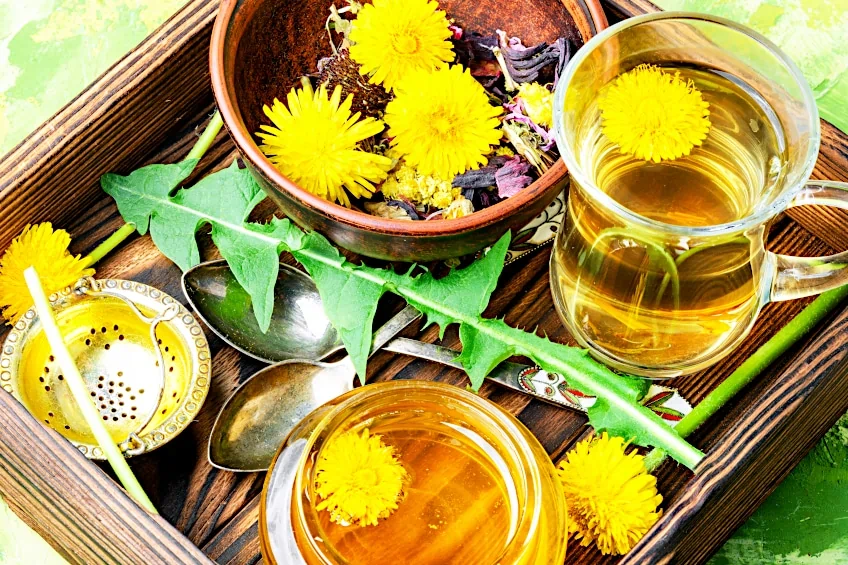
The greens of the dandelion can be consumed both raw or cooked and it is a plentiful source of Vitamins A, C, and K. It also contains folate, Vitamin E, and a small amount of Vitamin B1.
When the dandelion is fully grown, it carries a small yellow head of flowers. Refreshing homemade dandelion tea can be made by using either the flower or the leaves of the dandelion plant – alternatively, the root can also be used. The choice is yours to make as to which type of dandelion flower tea you prefer: dandelion flower tea, dandelion root tea, or reap the dandelion leaf tea benefits.
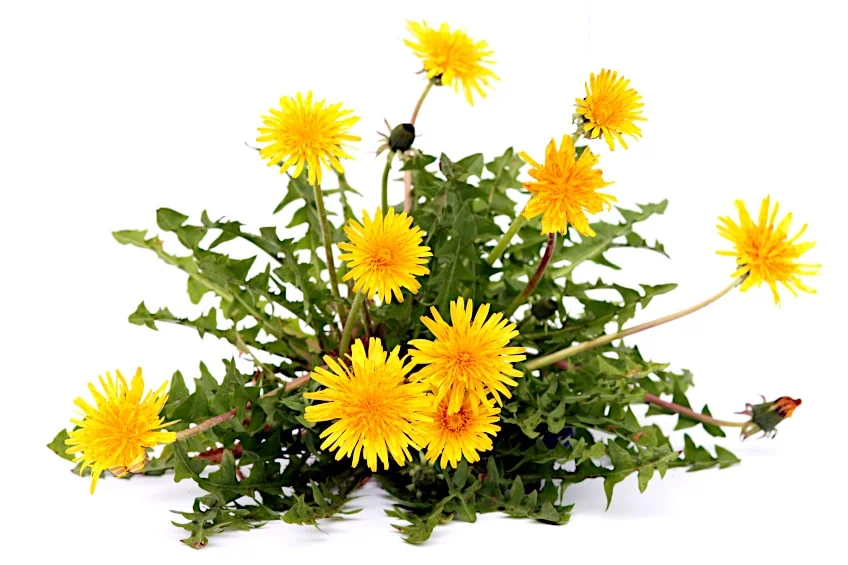
Facts About Dandelions
You are possibly wondering what benefits you can expect from dandelion tea. There are many reasons why the little dandelion will make an excellent addition to your diet. Here are some facts about this humble plant:
- The leaves are traditionally used to help treat muscle aches, upset stomach, and even appetite loss. It also assists with intestinal gas and constipation.
- Adults can eat every part of the dandelion, from the flower to the roots. The dandelion is possible to eat and is not poisonous to humans.
- The key step to reducing the risk of heart disease is keeping the cholesterol levels down and the natural extracts from the dandelion plant can naturally lower these levels.
- Dandelion can be eaten fresh or used to make homemade dandelion tea. Both have many health benefits.
- The vibrant yellow flower of the dandelion can also be used to make wine, and infuse vinegar and oils.
- Homemade dandelion tea may also assist in reducing water retention, regulating blood sugar, lowering blood pressure, and even improving eczema on the skin.
- The leaves can be used to treat muscle aches, upset stomach, and even loss of appetite. It also assists with intestinal gas and constipation.
Starting Your Own Dandelion Garden
The dandelion plant is so very versatile and the entire plant can be used when starting the preparations for a nice cup of hot dandelion tea or even an iced tea, whichever is preferred. Depending on your choice of dandelion tea recipe, you may choose to learn how to prepare dandelion root tea, dandelion leaf tea, or dandelion flower tea.

The thought of growing dandelion indoors or in a little patch of your garden certainly does appeal. Not only is the growth process of the dandelion fascinating in all its aspects, but it is also a plant that can be used in its entirety when using it for medicinal purposes. Before learning how to harvest dandelions for tea, let’s look at the growing process first. We recommend starting off with a trip to the nursery or even your popular shopping mall to purchase the dandelion seedlings. Most supermarkets store the seedlings in the fresh produce isles near the leafy greens. We find that starting the growing process from scratch is more easily controlled with the purchase of seeds.
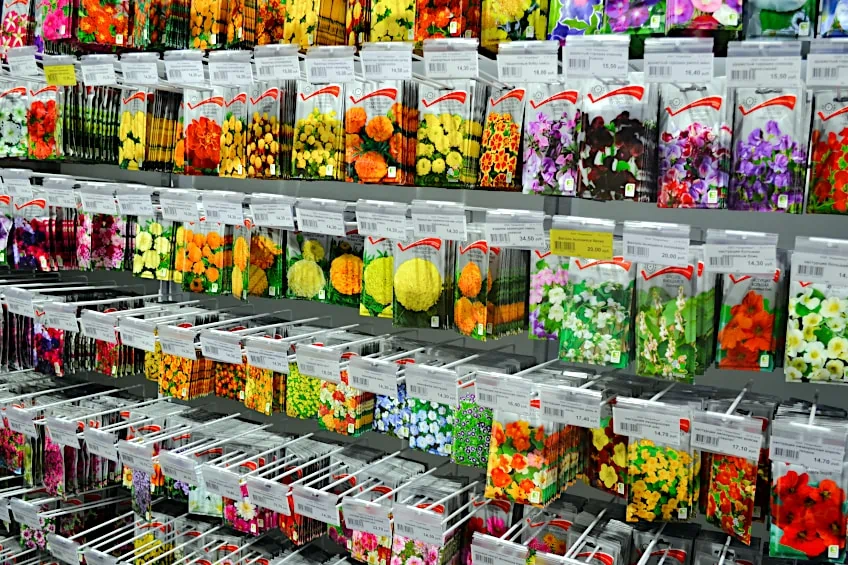
Learning how to make dandelion tea is so simple because the dandelion is very versatile to grow, it can be grown indoors if you live in a high-rise building or if you don’t have a garden or it can grow in a small sunny patch in your garden. Not much space is required for the Dandelion to grow and is easy to manage. The dandelion grows in warm weather so if you require the dandelion plant to bloom throughout the year be mindful that if you do live in cold areas, the seedling will not grow and bloom as it would in the spring and summer months.
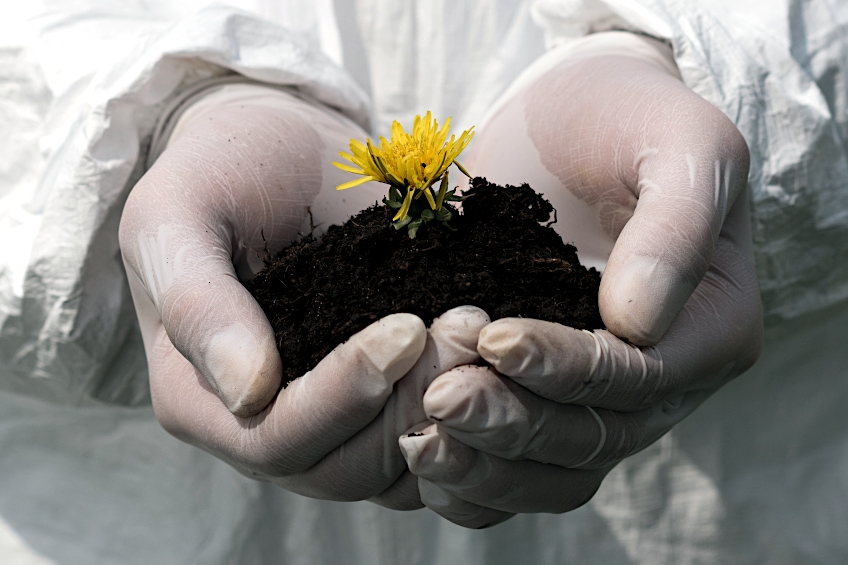
The Best Time to Start Your Garden for Homemade Dandelion Tea
The best time to start the planting process would be during Spring, right through late Summer. The seeds grow under warm temperatures and humidity, they can take as few as eight to nine weeks from the time the seed settles into the soil until the seed produces its first healthy leaf.

The process of planting the seedlings indoors or in your garden is very similar. Find a good sunny spot where you will grow the seedlings in your garden or a sunny corner in your home. If you are growing the seedlings in a pot, we recommend using a long rectangular pot rather than a round pot as the seedlings do need to be spaced properly to allow for growth. The pot should have drainage holes.
The seedlings require a nice warm sunny area and they will need lots of water during the growth period.
Be careful to not over-water the seedlings. To test the dampness of the soil, just poke a finger into the soil every two to three days before adding more water. The seedling needs several hours of bright sun so that the seedlings will flourish with the natural warmth that the sun gives off.

Try to ensure that there is enough soil below the seedlings so that the roots have space to grow. The seeds should be placed at least five to ten centimeters apart from each other to give the plant some space to grow. Once the seeds have been placed in the soil, sprinkle a tiny amount of soil over the seeds, so they are just barely covered. Adding and scattering a good amount of fertilizer on the seeds will also give the dandelion a good boost.
The seedlings will emerge from the soil and grow into mature plants. The mature plant will develop flowers which in turn will produce even more seeds.
How to Harvest Dandelions for Tea
The best time to use the greens would be when the plant is still small and tender so that they are not too bitter to the taste. The plant does need to have flowered before the picking process can begin.
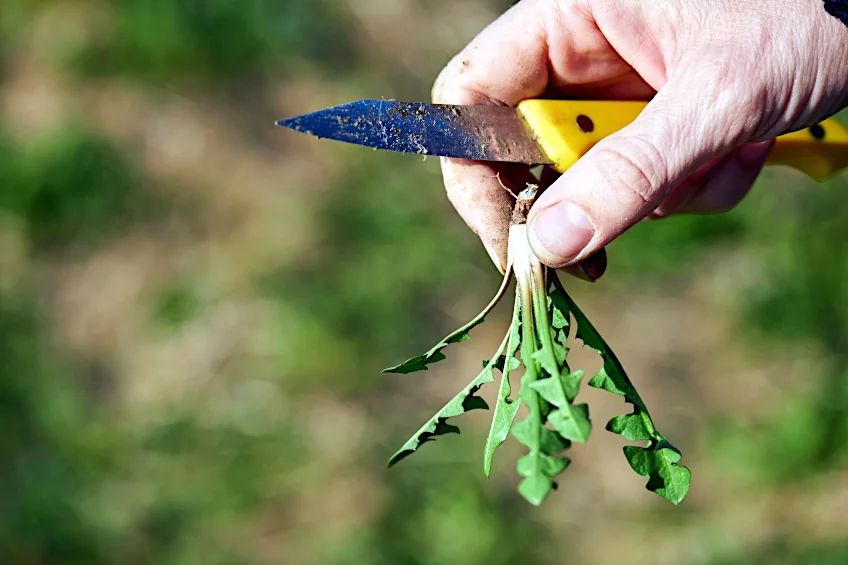
When you learn how to harvest dandelions for tea, the entire plant will be uprooted from the soil. Use kitchen or gardening scissors to snip off the leaves and flowers and then pull the root softly from the soil. A hand digging tool can be utilized to help prevent the taproot of the dandelion from breaking during the removal process. The sand around the plant should be kept quite loose so that it will be easy to remove once the harvesting process starts.
It is best to use the dandelion plant soon after harvesting. They generally will only last up to two to three days in the fridge. Rinse the leaves and the roots thoroughly before use and dry them in a salad spinner.
If you wish to clean the dandelions that you have harvested straight from your garden, let them soak overnight in a sink full of cold water. This will also help soften any dry dirt that may have gathered through the growing process.
Making Dandelion Tea
You can make dandelion tea by using all three components of the plant together, but remember that dandelion root tea and dandelion leaf tea will have a more earthy taste compared to the dandelion flower tea. Either way, the dandelion plant is so versatile that using the entire plant carries many health benefits. Dandelion tea can be served hot or cold depending on your personal preference.
What Does Homemade Dandelion Tea Taste Like?
Dandelion tea made on its own has a mild soft taste but adding a little honey will just enhance the taste even further. When making dandelion flower tea, you will find that the tea tends to be mildly sweeter and more delicate when compared to leaf or dandelion root tea. Regardless of your preference, dandelion leaf tea benefits exist for all parts of the plant.
Homemade dandelion tea itself does not have a terrible flavor but we are certain that you won’t seek it out for the flavor components but rather the health components instead. Having said that, it is palatable on its own, and of course, adding a little bit of honey will always enhance the flavor of any herbal tea. The actual taste of the dandelion tea is almost bland with a soft subtle herb taste.

Recipe One: How to Make Dandelion Flower Tea
In order to make a refreshing cup of dandelion flower tea, you will only be using the flowers. The preparation will be 15 minutes. We recommend using a tea ball in order to make the tea easier to strain. You can make your own dandelion flower tea by following this recipe:
- Bring your kettle to a boil. Whilst waiting for the water to boil, prepare 10 dandelion flowers by removing all the green on the plant (leaves and stem, and root).
- Place the petals inside the tea ball and place them into the teacup.
- Once the water has boiled, pour the water over the petals and then let the tea seep for about 10 to 15 minutes.
- Add honey or a sweetener and enjoy.
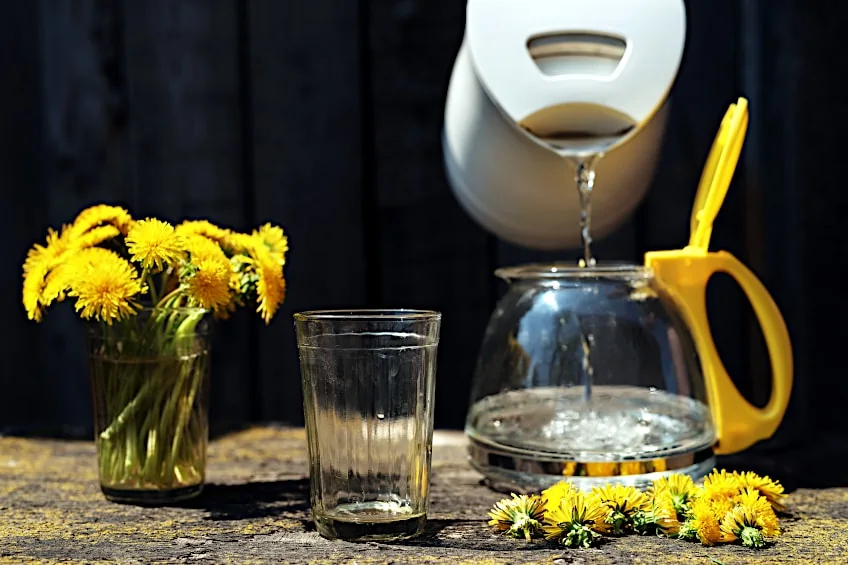
Recipe Two: How to Make Dandelion Leaf Tea
To make a cup of dandelion tea using only the leaves of the plant, the preparation time will be 10 minutes. The same preparation method that you use for the flowers will be used for the leaves. This time, however, you will only use the leaves of the dandelion. You will use approximately six dandelion leaves for one cup of tea. We recommend using a tea ball in order to make it easier to strain. You can use the following recipe to make dandelion leaf tea:
- Bring your kettle to a boil. Whilst waiting for the water to boil, pull off six dandelion leaves from the stem of the dandelion plant.
- Place the leaves inside the tea ball and place them into the teacup.
- Once the water has boiled, pour the water over the leaves and then let the tea seep for about 10 minutes.
- Add honey or a sweetener and enjoy.

Recipe Three: How to Make Dandelion Root Tea
When making a cup of dandelion root tea, you will be using only the root. The preparation time and method are a bit different from the preparation time for the flowers and leaves, but the concept will remain the same. Roasted or boiled dandelion root tea tastes almost like coffee – it has a bolder flavor that can be described as almost smoky or earthy. This is how to prepare dandelion root tea:
Roasted Method
- For the roasted root method, young roots should be spread out onto a baking tray and baked in the oven at about 240 degrees Fahrenheit (about 116 degrees Celsius) for 30 minutes, or until the roots are “fork tender”.
- As you learn how to prepare dandelion root tea, you will find that roasting the dandelion root does not take much effort or time. The longer the roots are kept in the oven, the darker the roast will be. Your roots will be ready once they turn brown. Try to ensure that they are not burnt.
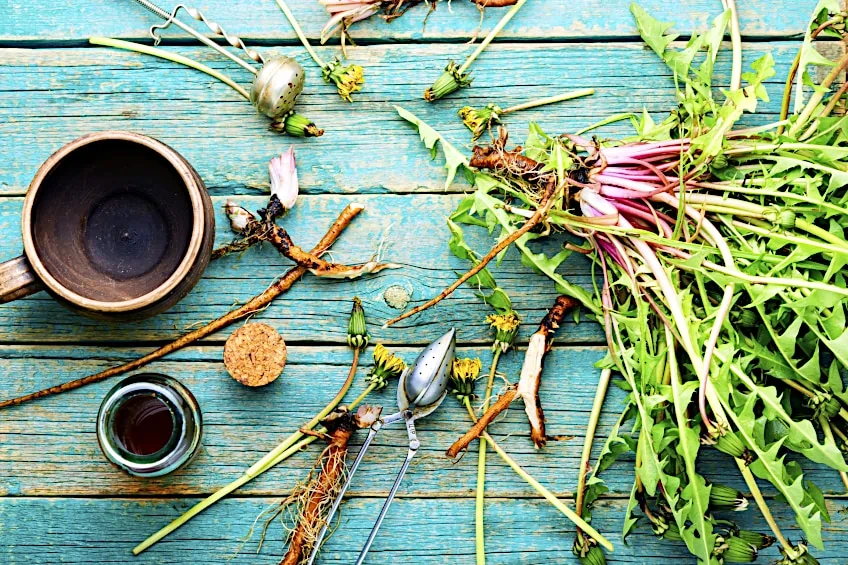
Boiling Method
- For the boiling method, place the roots in a saucepan with one cup of water and place them on the stove, and bring to a boil for approximately 20 minutes, giving it a gentle stir halfway through the boil time.
- Once the roots are baked or boiled, the same process that you use for the flowers and the leaves is to be followed.
- You will use approximately half a cup of the dandelion roots for one cup of tea. We recommend using a tea ball in order to make it easier to strain.
- Bring your kettle to a boil.
- Once the root has been prepared either in the oven or on the stovetop, place the roots inside the tea ball and place them into the teacup.
- Pour the boiling water over the roots and then let the tea seep for about 20 minutes.
- Add honey or a sweetener and enjoy.
We hope you have enjoyed this article and have gained a lot of knowledge about the humble dandelion plant and homemade dandelion tea. Discovering how to make dandelion tea is simple! Dandelion root tea, dandelion flower tea, and dandelion leaf tea benefits are well worth the effort of creating your very own dandelion garden.
Frequently Asked Questions
Should Diabetics Avoid Homemade Dandelion Tea?
Medication for diabetes interacts with homemade dandelion tea and therefore it might lower blood sugar levels. Blood sugar levels may drop too low when drinking dandelion tea, so it is important to monitor your blood sugar levels closely.
Are Dandelion Plants Edible?
Oh yes, they are definitely edible! The flower, the leaves, and the root are all edible and the entire plant contains many nutrients. One cup of the greens of the dandelion plant is believed to have nearly twice the iron content of spinach! Making dandelion tea has many health benefits!
Can You Eat the Dandelions That Grow on the Side of the Road?
Yes, you can, but as with any vegetable, you would want to clean it before consuming it as you never know what animal passed by and you may not have an idea if any harmful chemicals or pesticides could have been sprayed on the plant. Be careful, though, as well, because anytime that you plan to ingest a plant, it is always a good idea to double-check that it is in fact a dandelion plant and not another lookalike.
Are There Potential Health Risks to Drinking Homemade Dandelion Tea?
A few individuals may have allergic reactions to dandelion supplements. People who are allergic to dandelions or other flowers, such as daisies, chrysanthemums, ragweed, or marigolds should avoid taking dandelion supplements.
What Are Dandelions Good For?
Learning how to prepare dandelion root tea, dandelion flower tea, or dandelion leaf tea has so many benefits! The leaves stimulate the appetite and this, in turn, helps digestion. The flower of the dandelion has antioxidant properties in it and this also may help the immune system.
The post appeared first on .

